If you want to buy new rims or tires for your Tesla, you will certainly have already stumbled across this topic: The Tesla tire pressure sensors with BLE. Tesla has been installing these sensors in its vehicles since 2021. But what exactly are they? How does a Tesla tire pressure sensor work and what are the special features?
In this article, we want to delve a little deeper into the matter and take a closer look at the devices that measure tire pressure in your Tesla.
Are you interested in BLE sensors for your Tesla? Click here for the Teslabs offer.
BLE Tesla sensors: what are they?
Tesla uses BLE sensors to measure and monitor tire pressure and temperature. Since 01.11.2014, such a monitoring system, although not necessarily using BLE, has been mandatory in new cars. BLE stands for "Bluetooth Low Energy", so it does not describe the entire sensor functionality, but only the technology used to transmit the measured values to the on-board computer. The transmission method was actually developed to determine the near-field position of portable devices, but it can be used in many areas.
As the name suggests, BLE is a variant of the world-famous Bluetooth protocol that requires very little energy. This makes it possible for the sensors to last 7-10 years, meaning they rarely give up the ghost before the tires themselves. This means that the BLE sensors may not last quite as long as the battery of the Tesla itself, but in any case long enough for you to only have to deal with the issue very rarely.
BLE became known in the automotive context when the Tesla Model 3 tire pressure sensors were converted from conventional wireless sensors to the new variant for the 2021 facelift. However, Tesla not only measures the tire pressure in the Tesla Model 3 using BLE, but also uses the technology in all models - accordingly, the sensors are compatible with all Tesla vehicles except the pre-facelift Model 3.
Clarifying terms: Tesla TPMS vs. TPMS vs. BLE
Other abbreviations such as TPMS or Tesla TPMS often appear in connection with BLE, which can initially cause confusion. However, both are different names for the same system: TPMS stands for "tire pressure monitoring system" and is therefore merely a generic term for all possible systems for monitoring tire pressure. In addition to BLE, there are, for example, TPMS that work by radio or passive systems that use ABS sensors to detect a drop in pressure - in this case, however, not in which tire exactly.
TPMS is simply the English term for TPMS and stands for "Tire Pressure Monitoring System", so it means exactly the same thing. As always, there are many complicated-sounding names, but on closer inspection, there is not much behind them.
By the way: Since a functioning TPMS has been mandatory since 2014, it is also necessary for almost all Tesla vehicles to "pass" the main inspection at the TÜV. In this respect, retrofitting BLE sensors is also essential for aftermarket rims and tires - apart from the fact that it is a very useful system anyway - and should therefore be considered.
When did Tesla start using BLE?
With the facelift of the Model 3 in 2021, Tesla switched from a conventional 433 MHz radio system to BLE technology. Since then, the BLE sensors have been used in all Tesla models, so they can be found in all Model Y and Model S/X/3 from 2021. However, the Alcar BLE sensors from Teslabs are also compatible with earlier Model S and X.
What is the difference compared to the old system?
The main difference to the old system lies in the transmission technology used. In contrast to the old system, which worked with radio, BLE does away with the additional receiver that reads the signals from the 433 MHz system and forwards them to the on-board computer - because a Bluetooth receiver is always installed in Tesla anyway. This saves a component including cabling and thus also reduces the number of possible sources of error.
Advantages of BLE sensors
In addition to their low energy requirements, BLE sensors offer several other advantages that explain why Tesla relies on the system. Tire pressure monitoring with BLE sensors is an active system, which means that it has the advantage over passive systems of being able to measure very accurately in each individual tire. In addition, the BLE sensors are installed directly on the tire valve, which makes installation and maintenance very easy and therefore inexpensive. However, the biggest advantage lies in the Bluetooth protocol used.
Since every Tesla vehicle has a Bluetooth receiver installed anyway - this is necessary for communication with smartphones - it can also be used for the TPMS. There is no need for an additional receiver and cabling, as would be necessary with other technology.
The advantages of BLE sensors at a glance:
- low energy requirement
- precise measurement of the tire pressure
- easy installation and maintenance
- Use of the existing Bluetooth receiver
Are you interested in BLE sensors for your Tesla? Click here for the Teslabs offer.
Installation of BLE sensors
The Tesla BLE sensors are an active TPMS and as such are installed directly on the tire valve. This makes installation comparatively easy, as the tire does not even have to be completely removed from the rim - it just has to be pushed aside slightly to gain access to the valve passage in the rim. The subsequent fitting of the sensor is really not rocket science. If you have some experience, know-how and perhaps even the necessary equipment, you can therefore fit your new BLE sensors yourself. Otherwise, a visit to the workshop is required, which might be necessary anyway when changing or fitting tires.
By the way: The BLE sensors from Teslabs are self-learning, so they no longer need to be programmed before installation. Instead, it is sufficient to drive a few meters after installation - the sensors are automatically integrated into the system within a few minutes.
Buy BLE sensors from Teslabs
Have you bought new rims for your Tesla and still need BLE sensors? Or would you like to replace your old sensors? You'll find what you're looking for at Teslabs - and you'll even get lots of attractive benefits when you buy.
You qualify for free shipping when you purchase a BLE sensor or the complete set of four sensors. This is available from €50 purchase value. In addition, payment at Teslabs is of course processed via secure payment methods such as credit card, PayPal or Klarna. And as a little bonus on top, we donate one euro per order to environmental protection start-ups that are working to make our world a little more sustainable.
But that's not all: in the event that you are dissatisfied with your order or otherwise encounter a problem, you can count on our expert support from Tesla enthusiasts. We will help you quickly and unbureaucratically! You can also rely on our 30-day money-back guarantee. If necessary, simply return the unused BLE sensor to us and we will refund you the full purchase amount - simple and straightforward.
Conclusion
Tesla has once again shown itself to be innovative with the integration of Bluetooth Low Energy into its TPMS. The new technology offers many advantages and was relatively easy to integrate. Only a handful of customers who had already bought new tires with the old wireless TPMS for their Model 3 around the time of the changeover lost out and had to retrofit new sensors.
It should be noted that BLE sensors as active TPMS are not cheap - but they generally last a long time. Of course, they don't have to be the original Tesla sensors either. The Alcar sensors from Teslabs work in exactly the same way as the OE sensors from the American car manufacturer, but are significantly cheaper. So whether you still need new BLE sensors for your aftermarket rims or the old ones have given up the ghost: Make your purchase today - at Teslabs, your store for high-quality Tesla accessories.
Are you interested in BLE sensors for your Tesla? Click here for the Teslabs offer.
FAQ: Tesla BLE-Sensoren
What do Tesla BLE sensors cost
A Teslabs BLE sensor compatible with your Tesla is available from just €69.99. The set of four sensors is available at the reduced price of €264.99. In the Tesla store, one sensor costs €85.
What are BLE sensors?
BLE sensors are sensors for tire pressure monitoring that communicate with the on-board computer using the Bluetooth Low Energy protocol. They are now fitted as standard in every Tesla model.
Do BLE sensors have to be activated before installation?
The Alcar BLE sensors from Teslabs are automatically taught by the vehicle within a few minutes. Programming or activation before installation is not necessary.
Which sensors are installed in the Tesla?
There are numerous sensors installed in a Tesla, from tire pressure sensors to parking sensors, ABS and airbag sensors to temperature sensors.
Which Tesla Model 3 tire pressure sensors?
BLE sensors have been installed in the Model 3 since the 2020/21 facelift. Previously, the electric pioneer worked with a conventional 433 MHz radio system in the Model 3.
How long do the batteries in tire pressure sensors last?
The batteries last for several years. The ADAC calculates a minimum of 5 to a maximum of 10 years, often the limit of 150,000 kilometers is also found.
Can you change the battery in tire pressure sensors?
No. The BLE sensors are firmly encased to protect the built-in electronics. It is therefore not possible to change the battery, but it is only very rarely necessary anyway.
Can a tire pressure sensor break down?
Like any sensor, a tire pressure sensor can display incorrect values from time to time, but this usually corrects itself. Only in the rarest of cases does a tire pressure sensor actually break.
Can tire pressure sensors be omitted?
It is technically possible to omit the tire pressure sensors. However, you will then receive permanent warnings from the system. You will also be denied a TÜV sticker at the next general inspection.

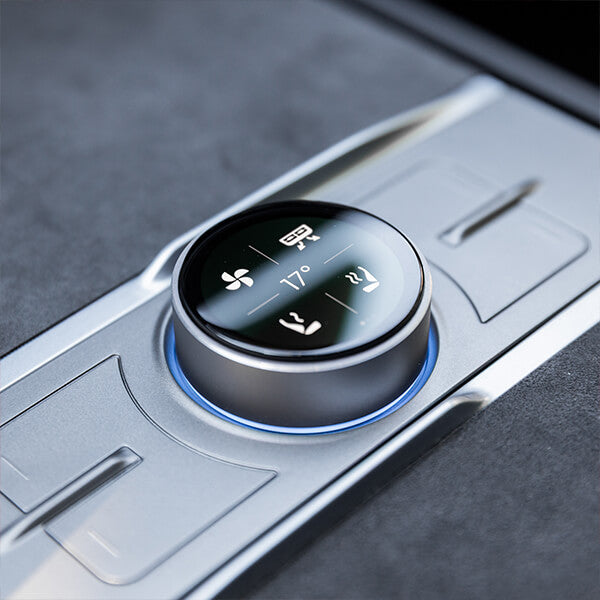
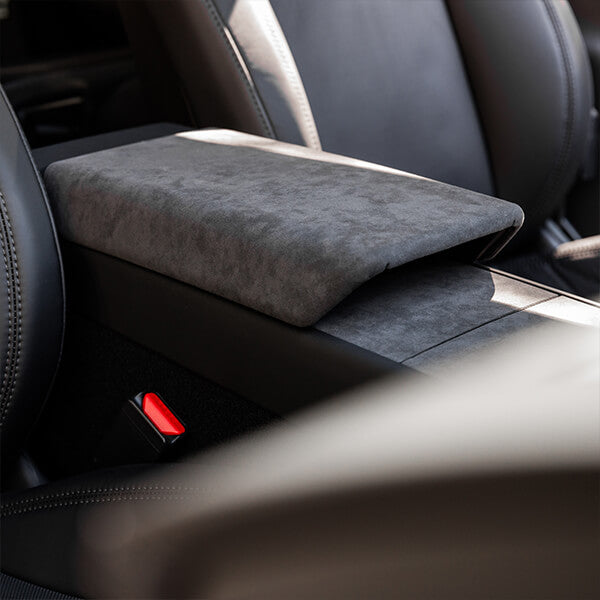
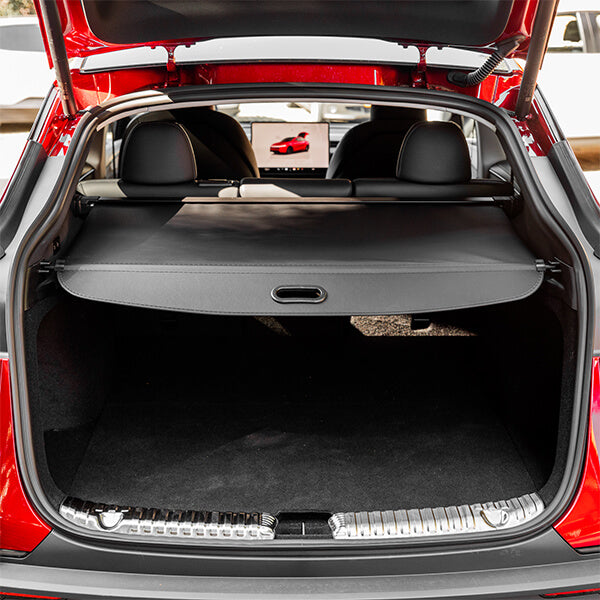
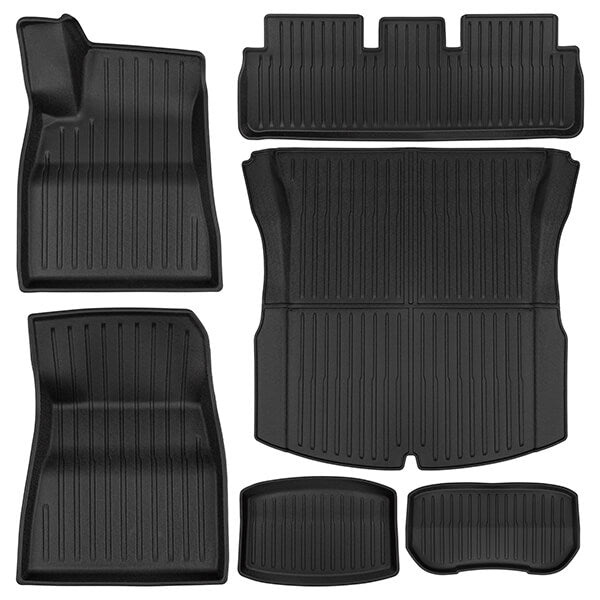
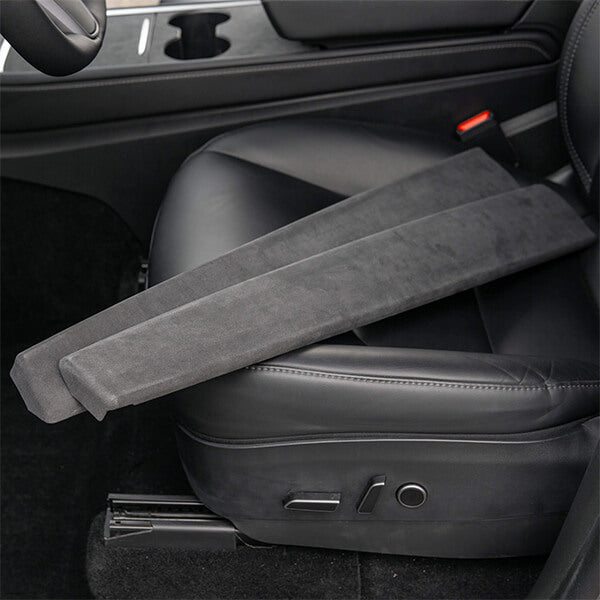
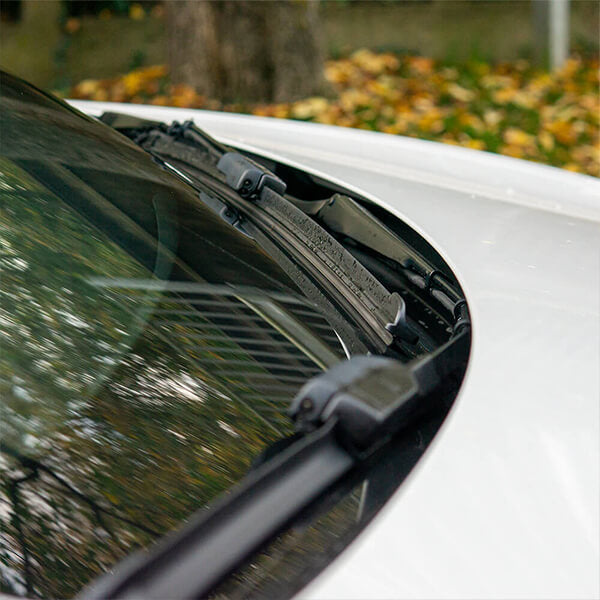
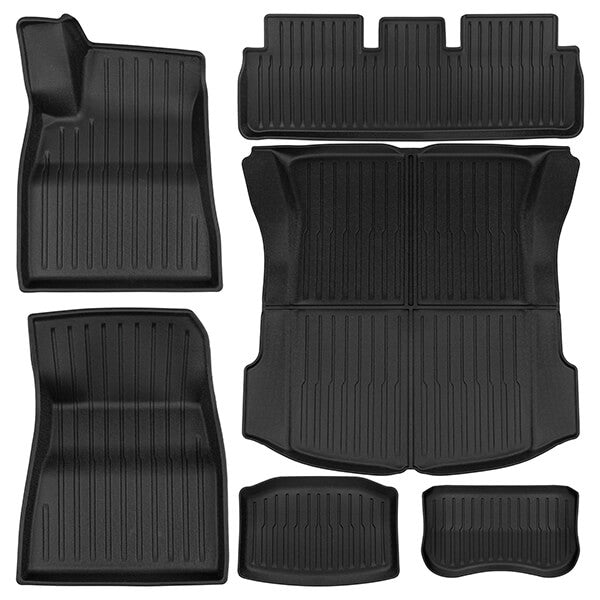
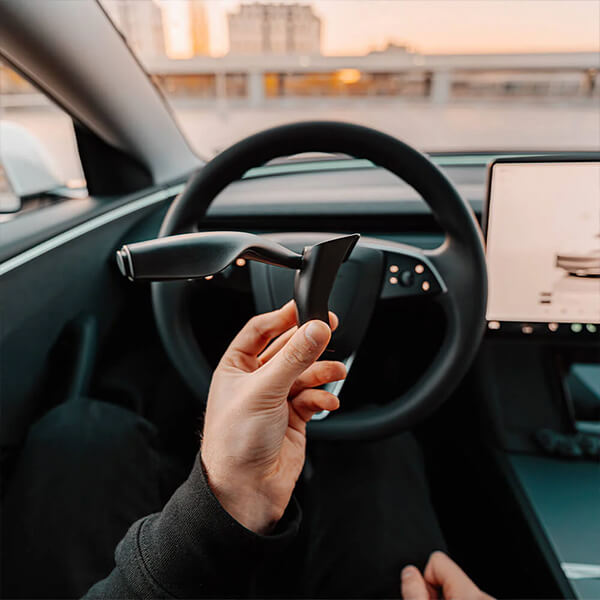
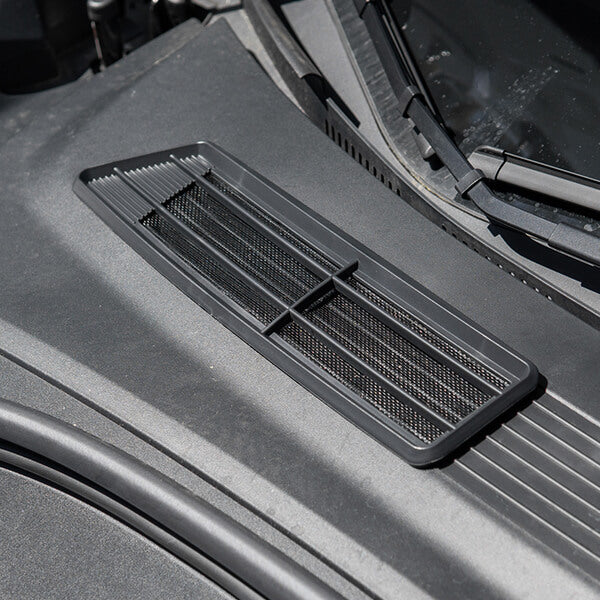
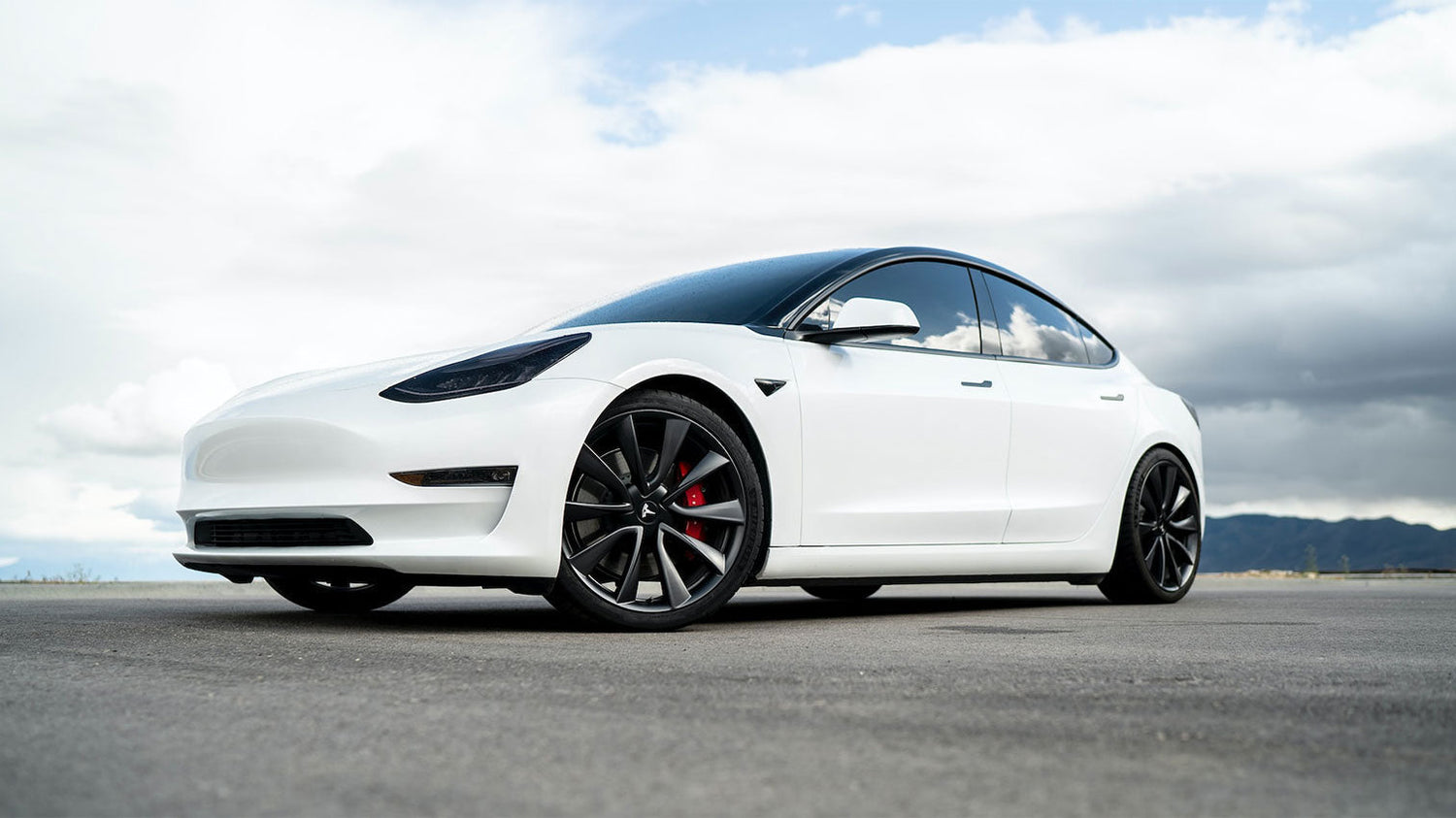
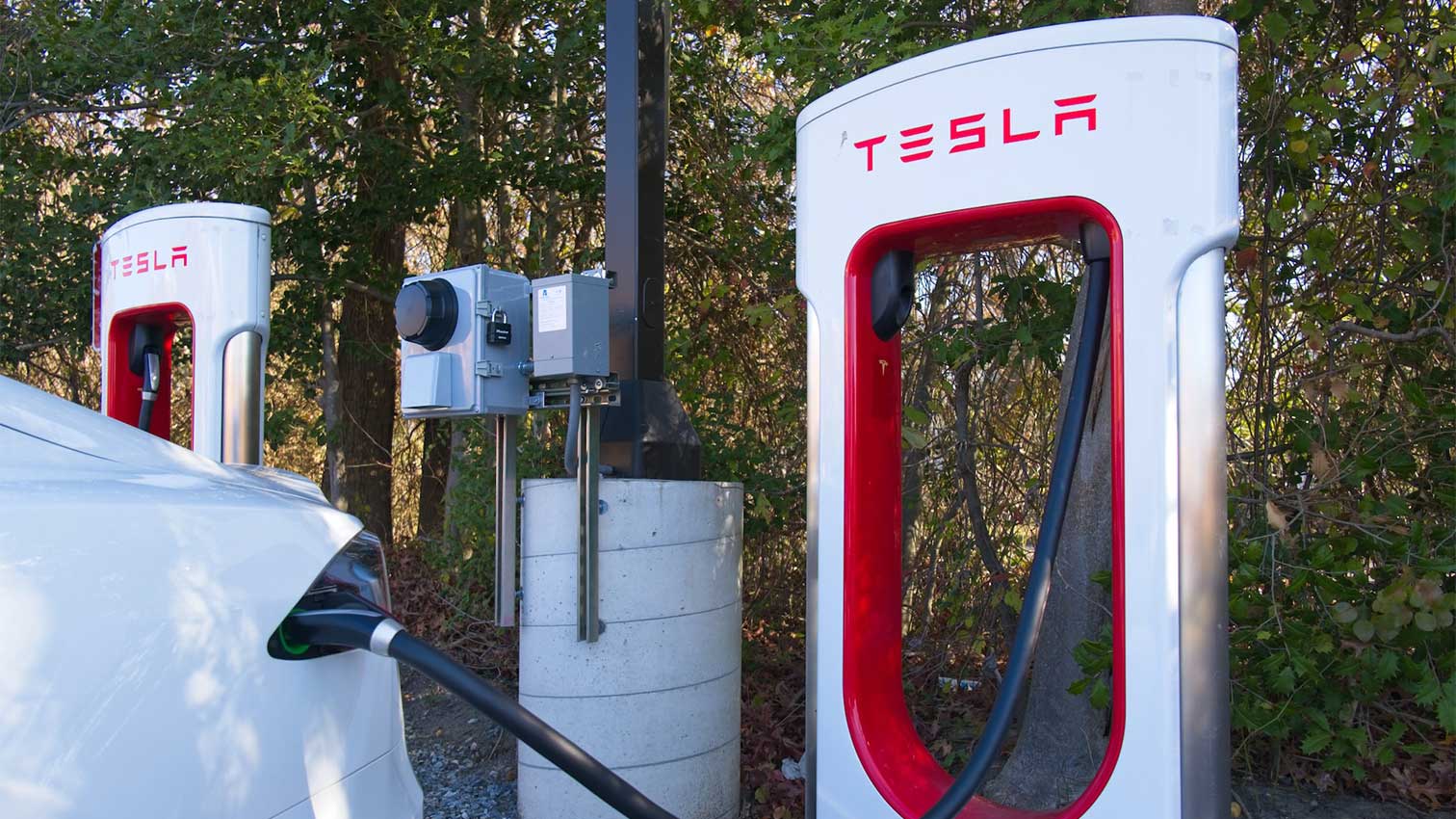
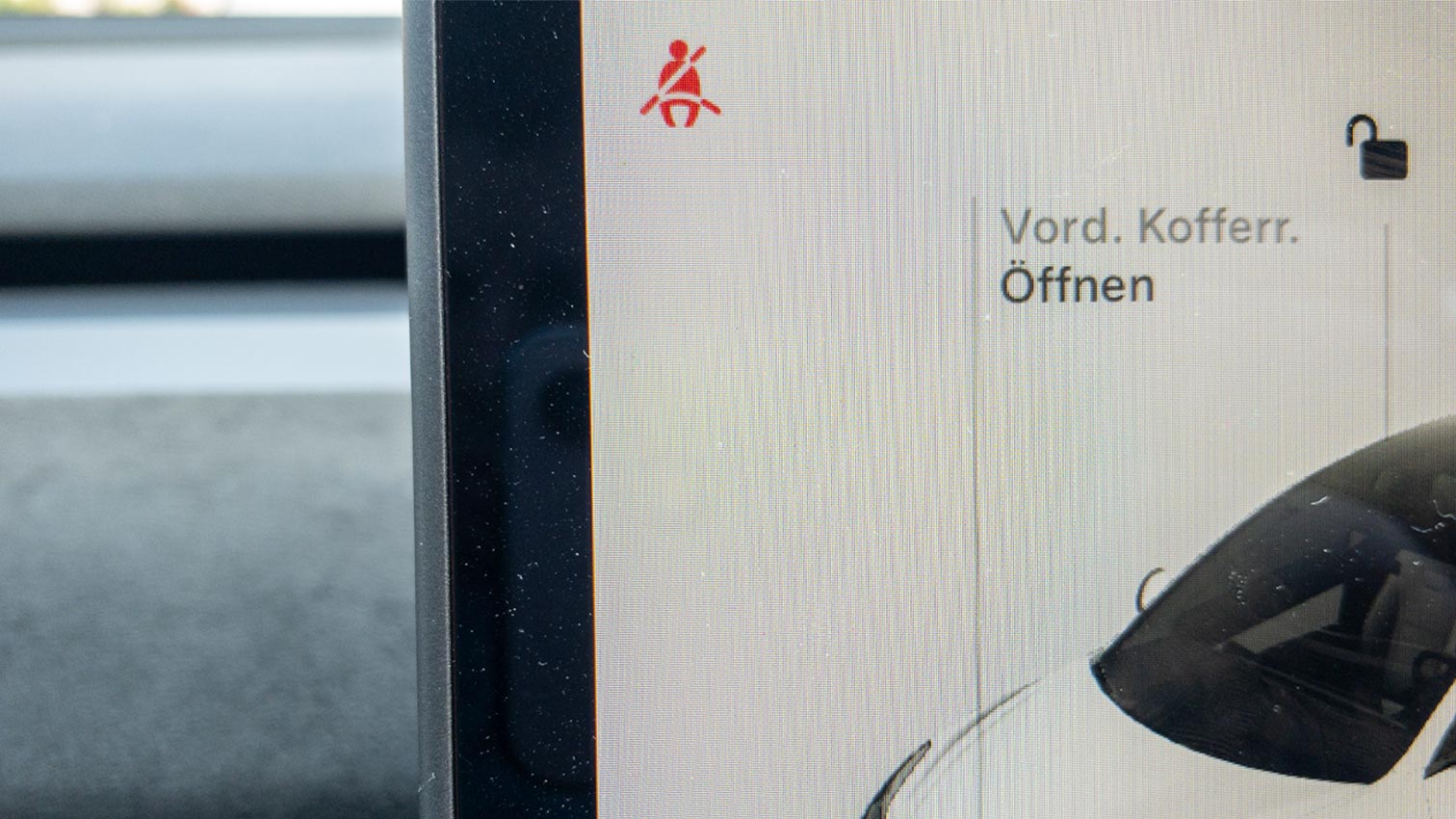
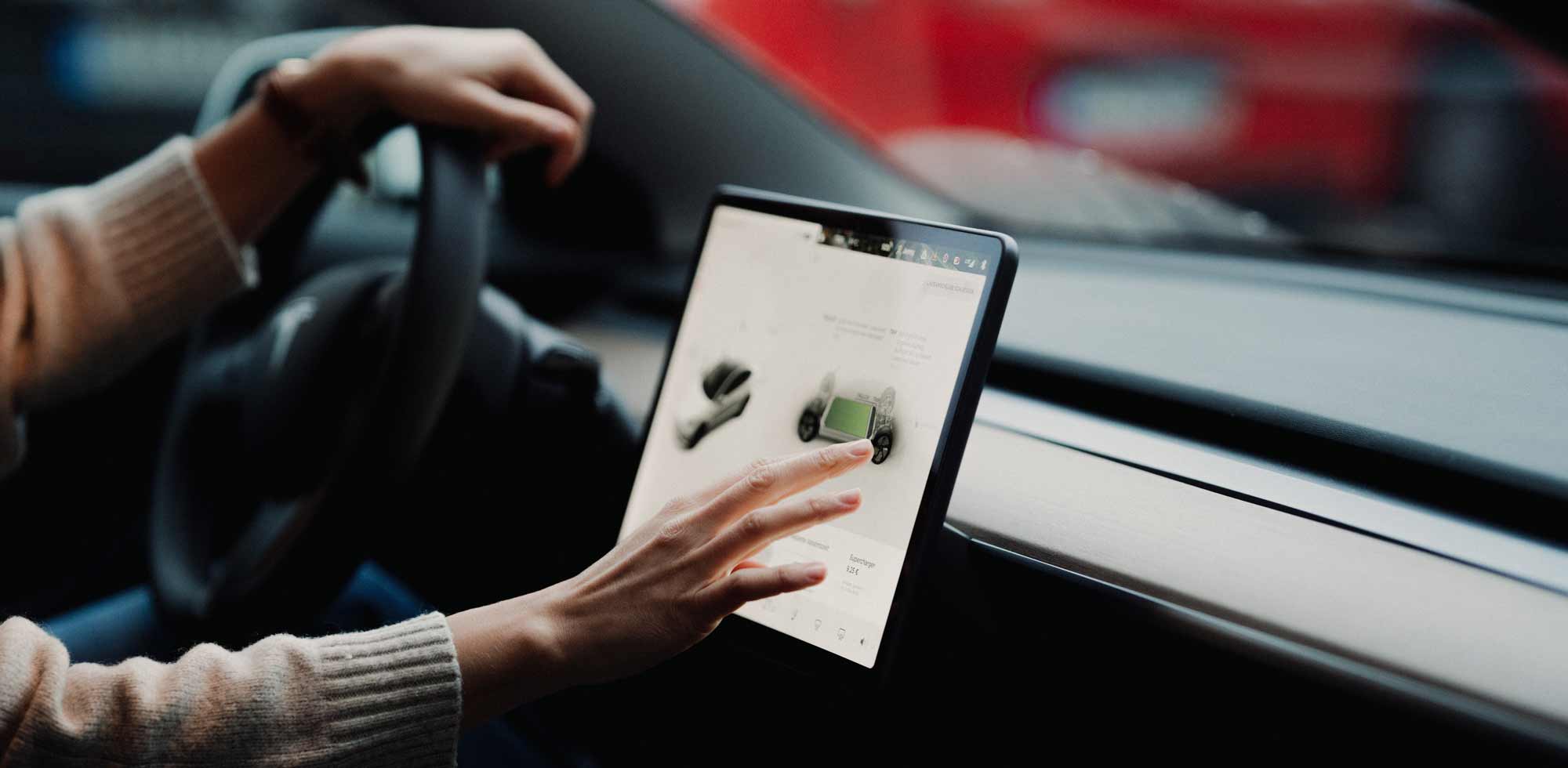
2 Comments
Özay
Guten Tag,
kann man auch nur einen Sensor austauschen? Und muss man beim Kauf auf irgendwas achten? Z.b. Version, Typ Bezeichnung oder so?
Guten Tag,
kann man auch nur einen Sensor austauschen? Und muss man beim Kauf auf irgendwas achten? Z.b. Version, Typ Bezeichnung oder so?
Onur Erel
Hallo,
wie lange kann ich die Sensoren unbenutzt liegen lassen? Wegen der Batterielaufzeit. Vermindert sich diese bei längeren Lagerzeiten?
Sind die, solange sie nicht eingebaut werden, in einem Schlafmodus? Und verbrauchen dementsprechend weniger Energie, als wenn sie erstmalig dann in Betrieb genommen werden?
Viele Grüße
Onur Erel
Hallo,
wie lange kann ich die Sensoren unbenutzt liegen lassen? Wegen der Batterielaufzeit. Vermindert sich diese bei längeren Lagerzeiten?
Sind die, solange sie nicht eingebaut werden, in einem Schlafmodus? Und verbrauchen dementsprechend weniger Energie, als wenn sie erstmalig dann in Betrieb genommen werden?
Viele Grüße
Onur Erel